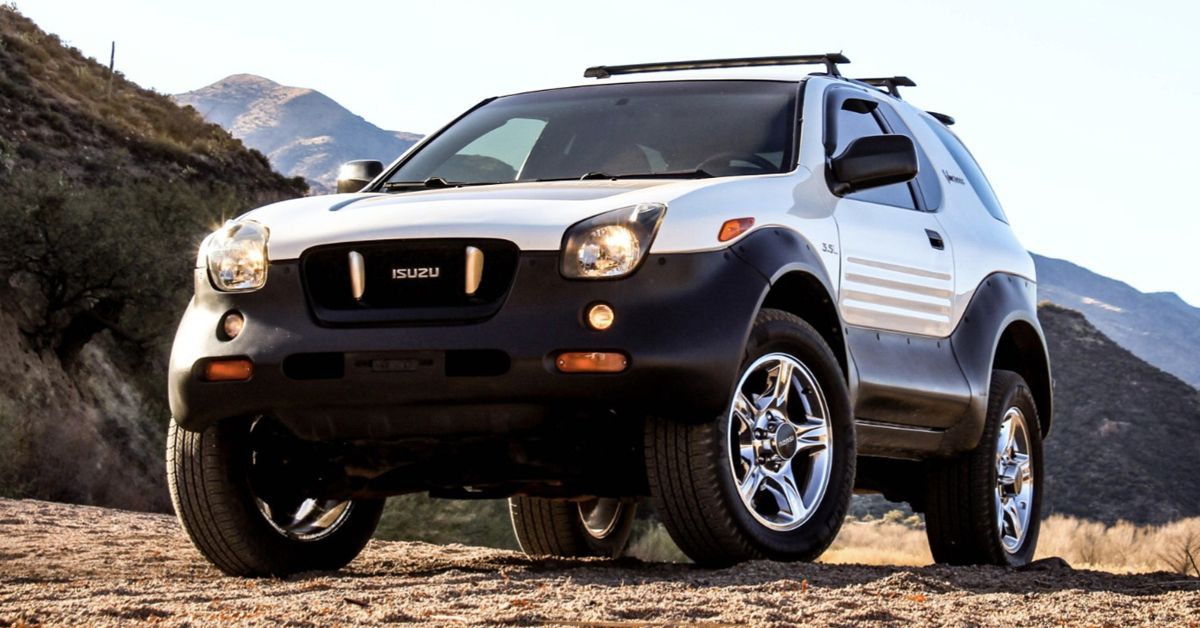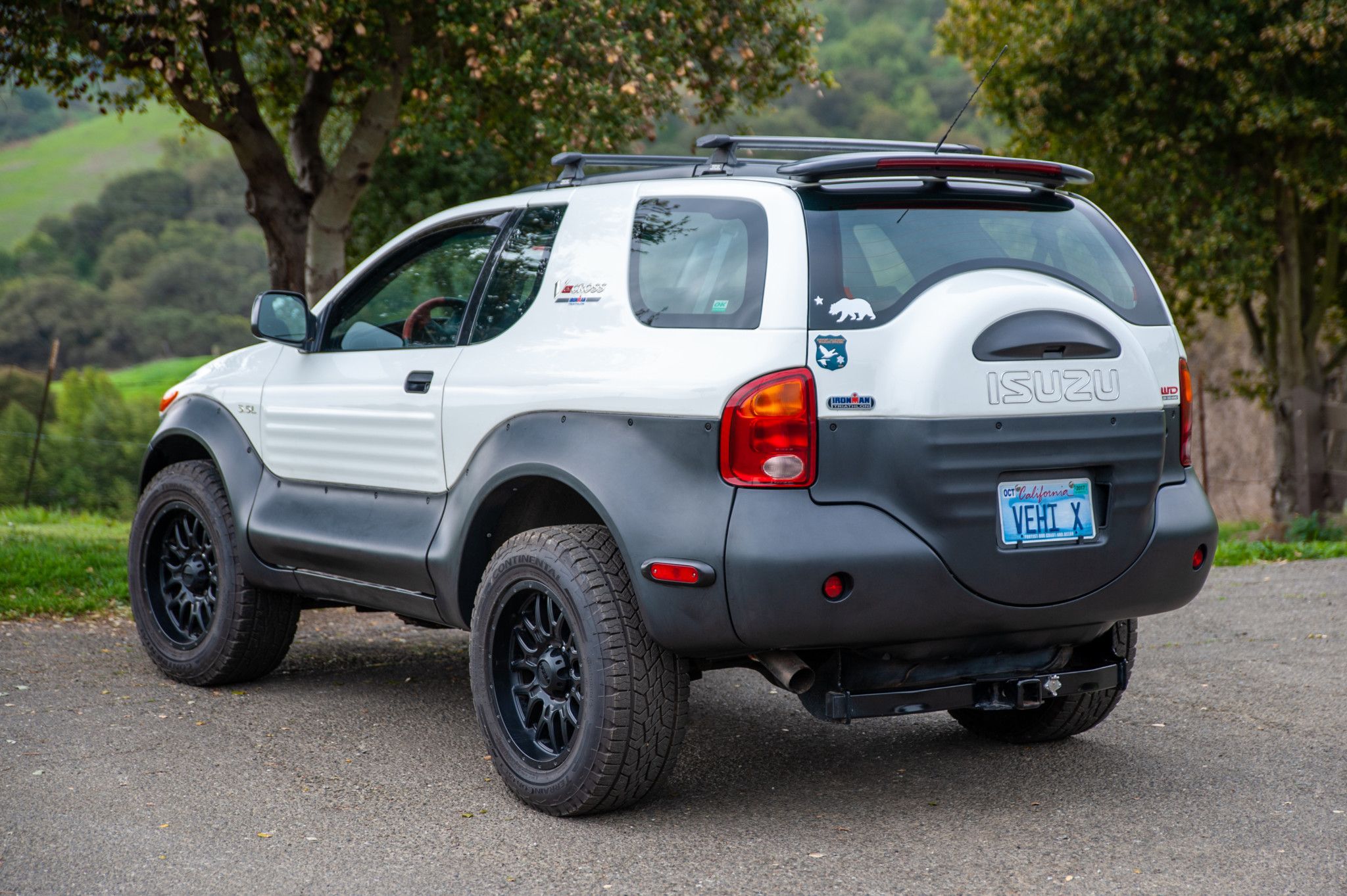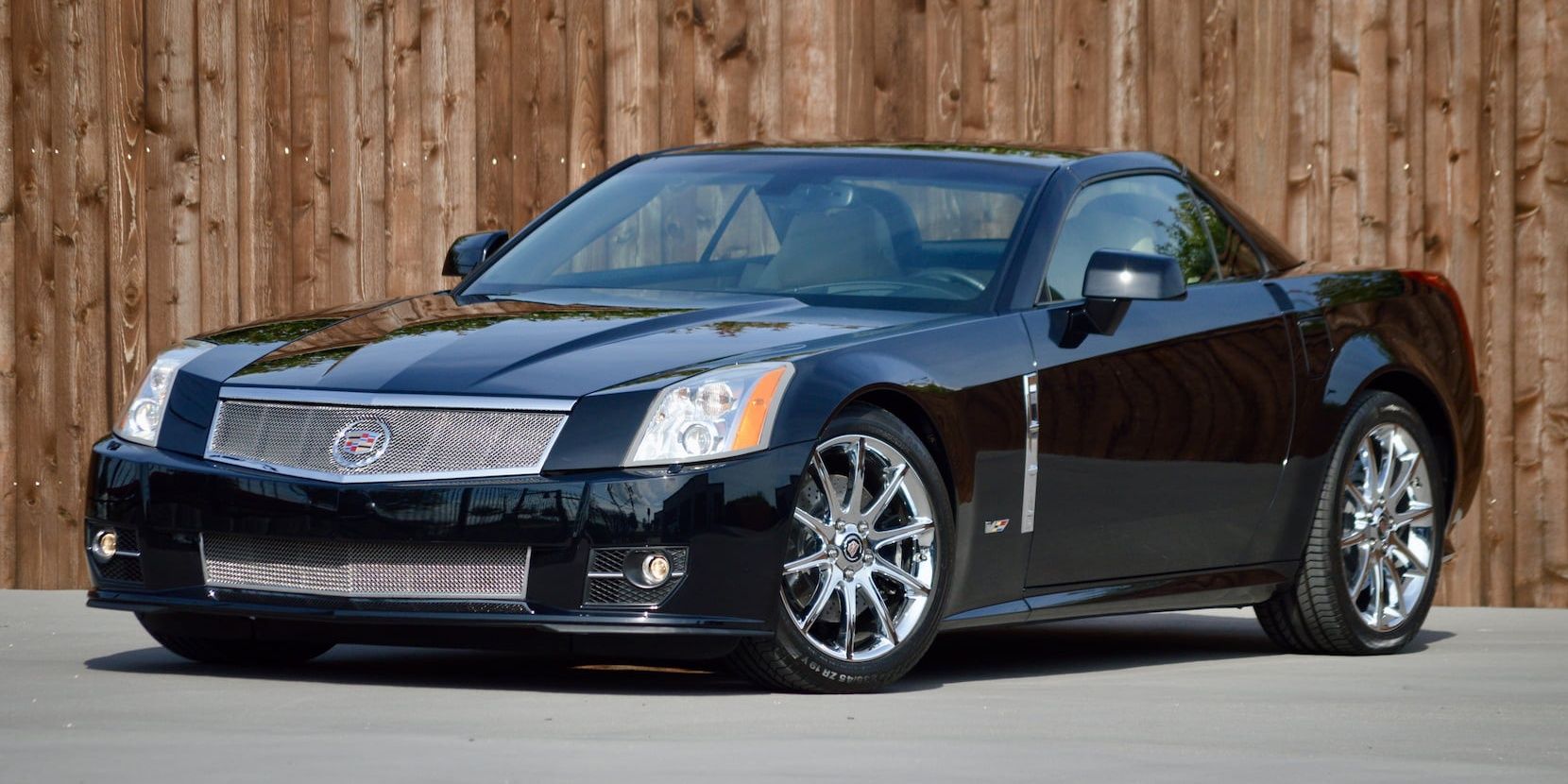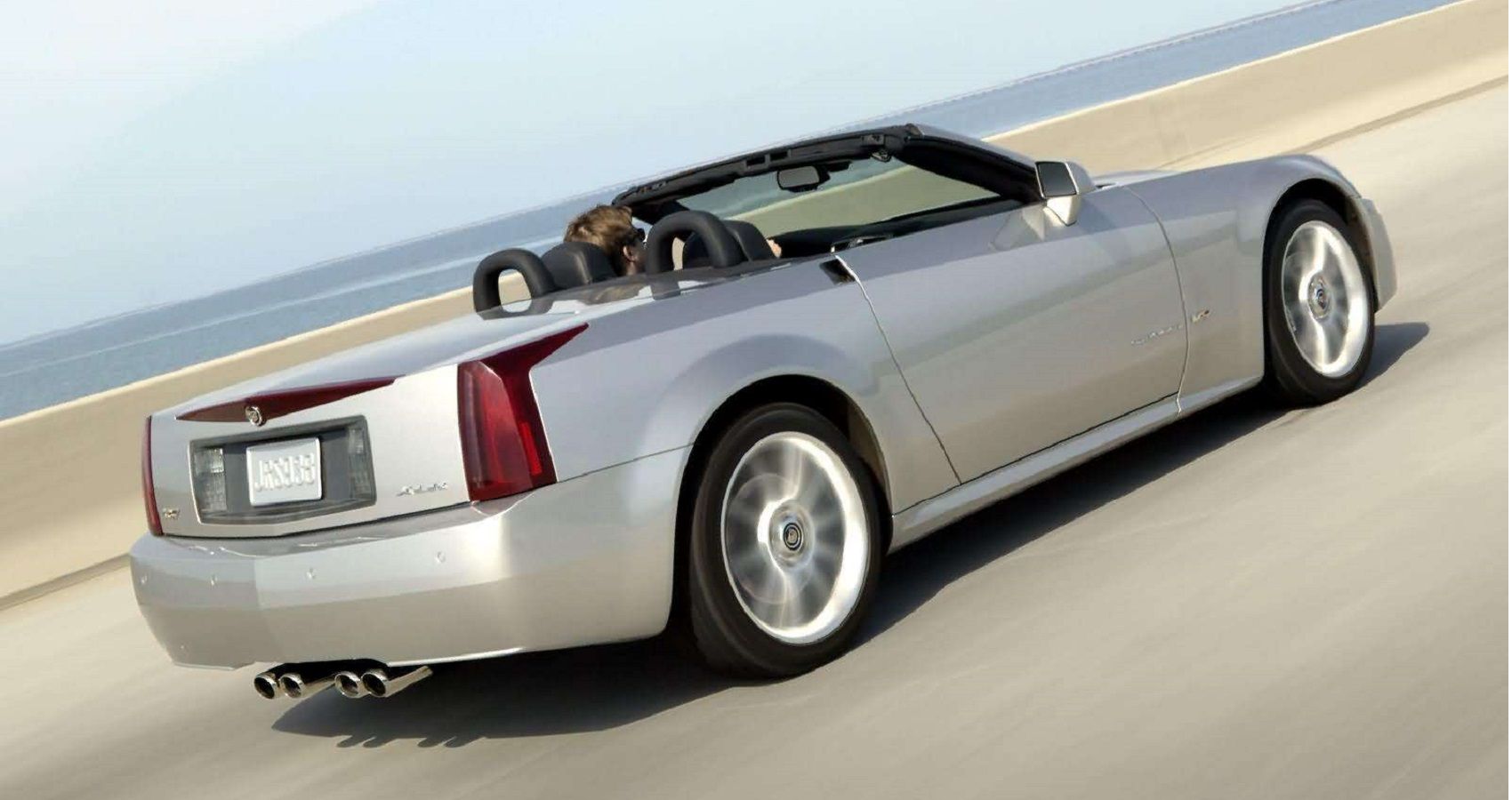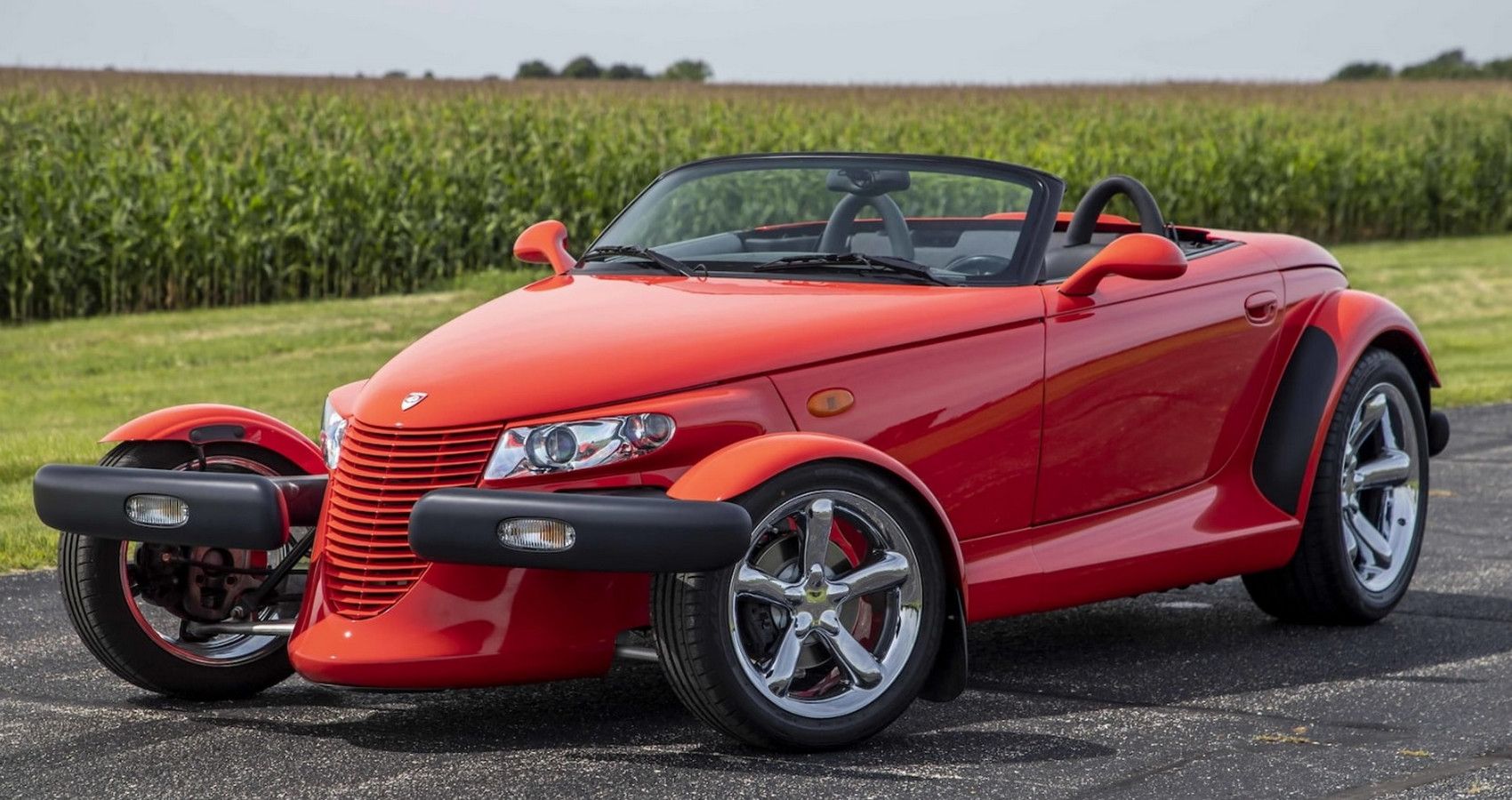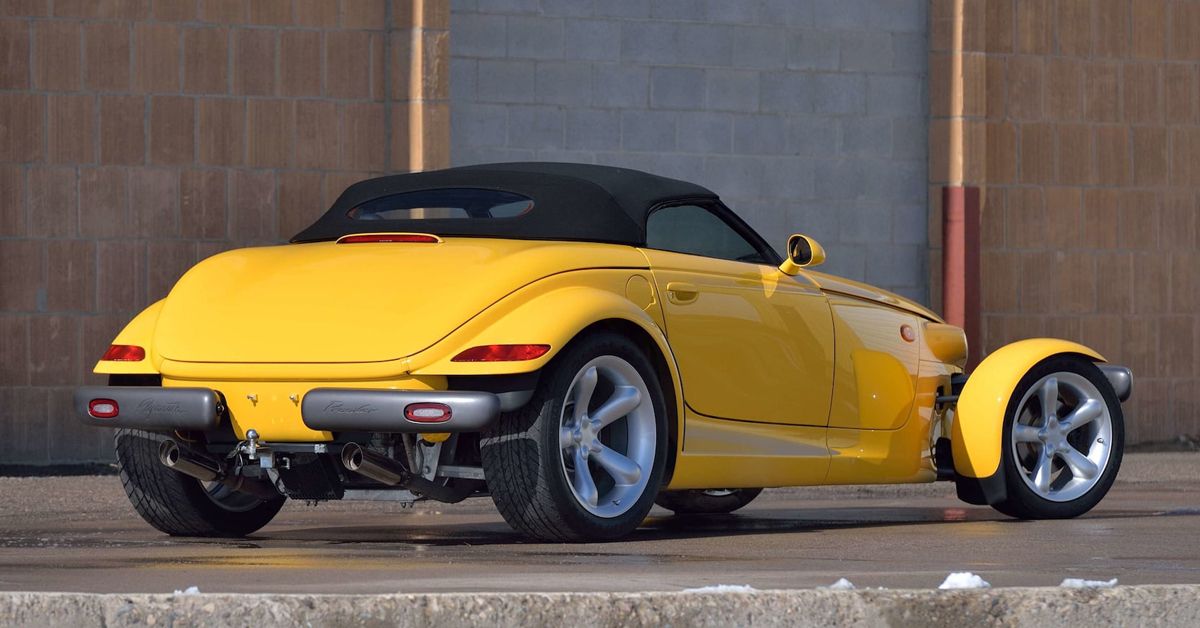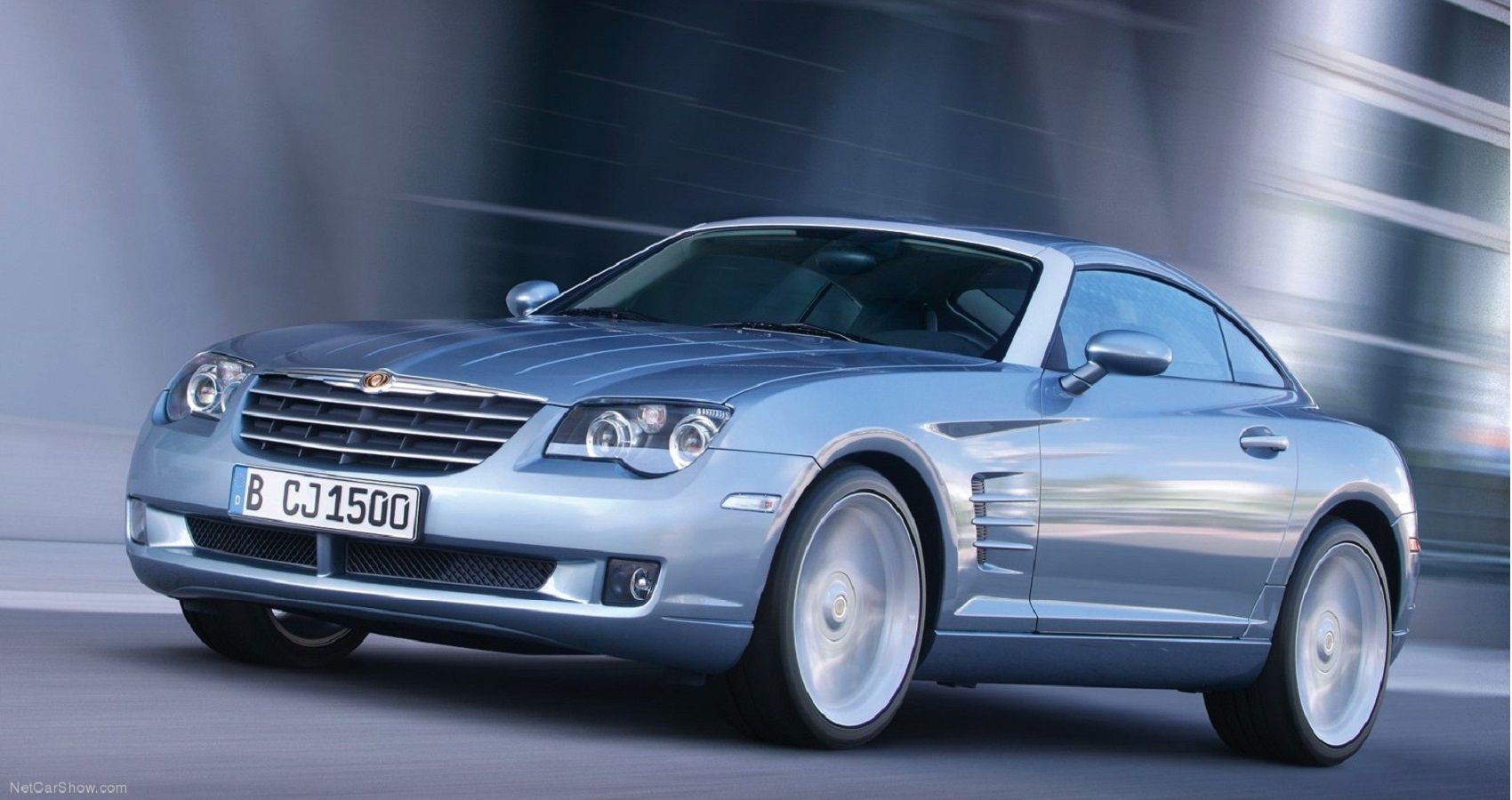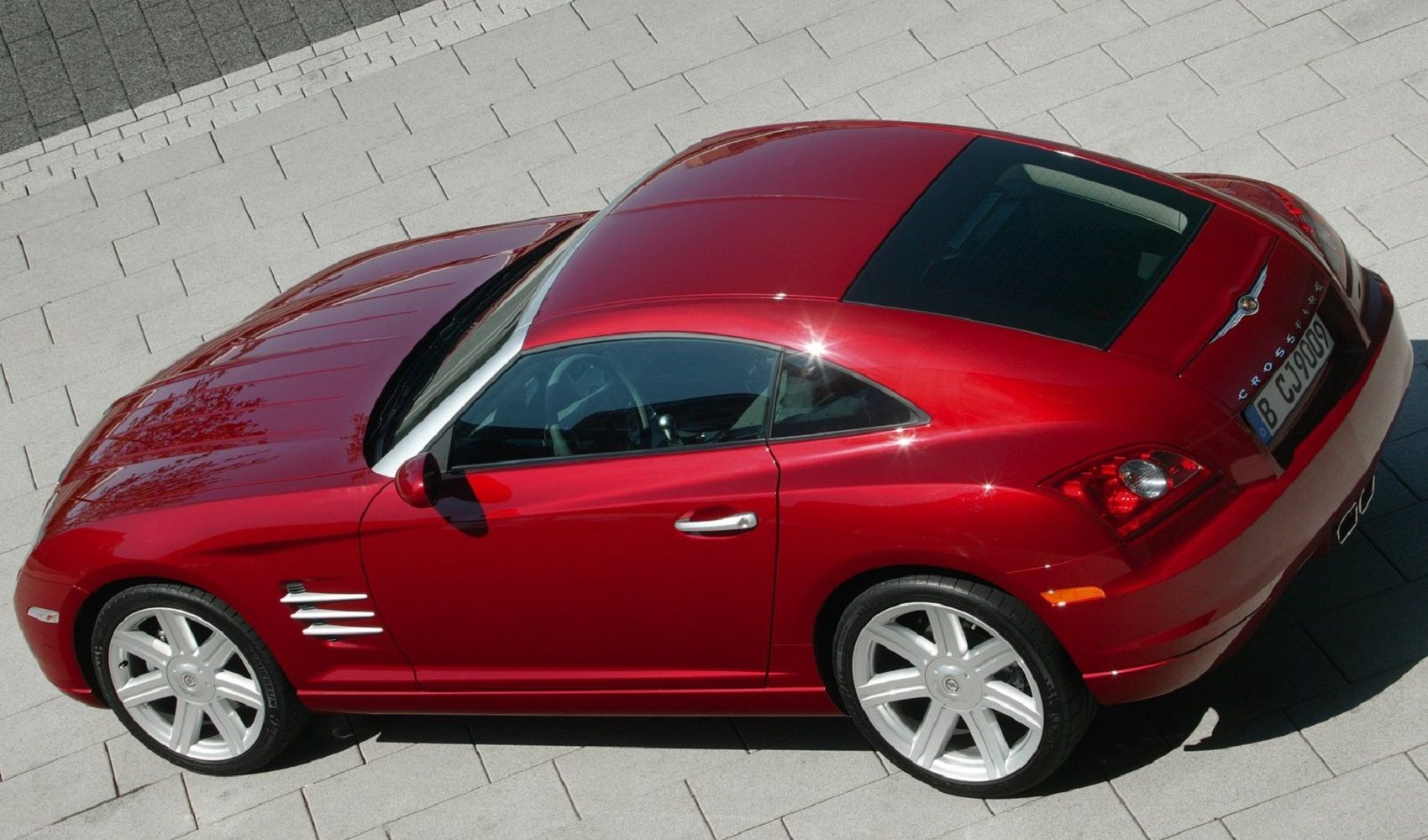As the saying goes, if something sounds too good to be true, it usually is. This is the case with the cars we'll be talking about today. Today we'll be having a look at some cars that had the potential of being some of the greatest automotive creations to ever roll on the earth, but the hill they had to get over was too much of a challenge. However, these issues we're just solemnly tied to older cars, even brand-new vehicles like the Ford Bronco have some issues already...
Some of the cars we're talking about today were built in recessions, others had a few imperfections that caused their downfall, and the rest were just gigantic sales flops. Without further ado, let's have a look at some cars that sounded like they were going to change the automotive space for the good.
10 GM EV1 (1996-1999)
Even in the 20th century, carmakers realized that the internal combustion engine was a ticking time bomb. As a preventative measure, GM took it upon itself to build the world's first mass-produced usable daily driver. For the most part, it sounded very, very promising.
Between the singular electric motor and highly experimental batter, the GM EV1 squeezed out up to 139 hp and 111 lb-ft of torque – enough to take it from 0-60 in under 9 seconds. The demise of the GM EV1 was – as you could have guessed – its price tag. These cars were mostly rented out, but GM had to invest approximately $1 million per car, and since it could only do about 50 miles on a single charge, there was no reason for the public to transition over to EVs just yet.
9 Fisker Karma (2011-2012)
Fisker had the potential to be one greatest car companies ever. Henrik Fisker, one of the co-designers behind the Aston Martin DB9, led the operation, and their first matter of business, the Karma, was revolutionary. The Karma was a sports sedan that made use of a 260-hp turbocharged four-cylinder engine that gained the assistance of two electric motors which generated 402 hp. These motors could charge up the conventional way but were also recharged via the gasoline engine that acted as a generator and the solar panels on its roof.
However, once Henrik Fisker left the company, the carmaker was in deep waters. There were a few recalls associated with the Karma, the company ran out of money, and received nearly $600 million through the means of loans... the $100,000 price tag of the Karma was also rather off-putting for buyers. The Fisker brand as we knew it became a defunct car manufacturer in 2014.
8 DeLorean DMC-12 (1981-1983)
The DeLorean DMC-12 had all the makings of a truly radical sports car. It resembled other famous supercars like the Lotus Esprit, but in reality, this DeLorean was anything but a supercar. Despite being portrayed as one of the fastest cars ever in "Back To The Future", the DMC-12 was painfully slow.
Underneath the hood of the DMC-12 hid a teensy 2.85-liter V6 engine that emitted just 130 hp and 153 lb-ft of torque. As a result, the DeLorean only reach 60 mph from a stop once 10.5 seconds elapsed, and completed the quarter-mile in 17.9 seconds – slower than any Mazda Miata ever built.
7 Pontiac GTO (2003-2006)
The idea behind the mid-2000s Pontiac GTO sounded promising: to revive the classic muscle car legend. However, in practice, this proved to be a much more difficult task than anyone could have anticipated. Since Pontiac saw this as an ideal opportunity to make a quick buck, so they adopted the overall design of the new GTO from the Australian Holden Monaro.
Things got a tad worse, though. There's no doubt that the revived Pontiac GTO was a true performance brute since it inhabited an LS V8 that produced up to 400 hp and 400 lb-ft of torque. But in 2006, tragedy struck the Pontiac GTO. The 2006 model year Pontiac GTO was drowning with issues ranging from reliability concerns regarding the powertrain's cooling to transmission- and brake fluids having complications too. This ultimately destroyed the Pontiac GTO's potential.
6 Ford Edsel (1958-1960)
The Ford Edsel's story is a heart-wrenching one... The Edsel launched in 1957, and it set out to be a whole new brand Ford could control, but this could never become a reality since the Edsel name died off in 1960 – just three years after creation. But what made the Edsel such a disaster?
There were rather a few faults surrounding the Edsel, after all, the brand was technically busy with their first-ever car. These issues related back to quality and reliability issues, questionable styling choices, a lack of market research, and some very shady dealerships...
5 Aston Martin Rapide (2010-2014)
Sometimes, the world might not be quite ready for what you have to offer. In the case of the Aston Martin Rapide, that is especially true. Way back when in the late '70s, Aston tried creating a fast, luxurious four-door sedan called the Lagonda. That, however, was a failure for more reasons than one. So, in 2010, Aston Martin decided to push their luck again.
The result was a four-door Aston Martin DB9 lookalike with a superb 5.9-liter V12 engine that generated up to 600 hp eventually with the Rapide AMR. All of this sounds fine and dandy, but the colossal $200,000 price tag in 2010 put too many people off. At least this failure led to Aston birthing the DBX707 SUV.
4 Isuzu VehiCROSS (1997-2001)
The Isuzu VehiCROSS is arguably one of the wackiest displays of automotive ingenuity to date. It had plastic cladding all around, just two doors, a naughty V6 under its hood, and a four-wheel-drive off-roader. Once again, on paper, this sounded fantastic, but its sales proved to be the exact opposite.
There were never any key problems associated with the VehiCROSS, but only 4,153 examples sound in the U.S. over its four-year life span. The low sales numbers were mostly due to other, more familiar, brands that manufactured its competition, like the Jeep Wrangler.
3 Cadillac XLR (2004-2009)
Out of all the entries on our list, the Cadillac XLR breaks our hearts the most. It had all the qualities that a supposed "successful car" sported. It had a stunning design, a V8 engine, a lavish badge on the front, and a retractable hardtop roof. So what went wrong?
The Cadillac XLR was based on the Corvette C6, but they lacked one major common feature – the powertrain. Whilst the Corvette engulfed an LS V8, the Caddy on the other hand had to settle for a 4.6-liter Northstar V8. Sure, it produced up to 443 hp when supercharged, but the sheer ocean of problems that the Northstar engine faced was too overwhelming for customers. As a result, in its last year of production, only 787 examples were sold in total.
2 Plymouth Prowler (1997-2002)
The Plymouth Prowler is an oddball. It looks like a hot rod-inspired sports car but lacks the iconic V8 those vehicles were famous for, and also never came offered with a standard transmission. Did we mention it's ugly too?
There was just too much wrong with the Prowler, and instead of its quirky sense of nature making up for its drawbacks, it amplified it by being too overwhelming. That being said, the Prowler is starting to become more liked by the automotive community, and some prices have also started to creep up as a result.
1 Chrysler Crossfire (2004-2008)
The Chrysler Crossfire's story goes much like the one of the Cadillac XLR. The Crossfire was too based on an exceptional sports car, the Mercedes-Benz SLK. At the time, Mercedes garnered ownership over Chrysler, Fiat, and other brands, which meant they could swap parts just as they'd like.
Mercedes lent out the SLK's power plant, automatic transmission, interior parts, and technology. Now, these weren't horrendous per se, but in the Crossfire, they just didn't work. The 215 hp-V6 produced adequate amounts of power but struggled to use it properly around bends, and generally speaking, people were put off by its "unique" styling.

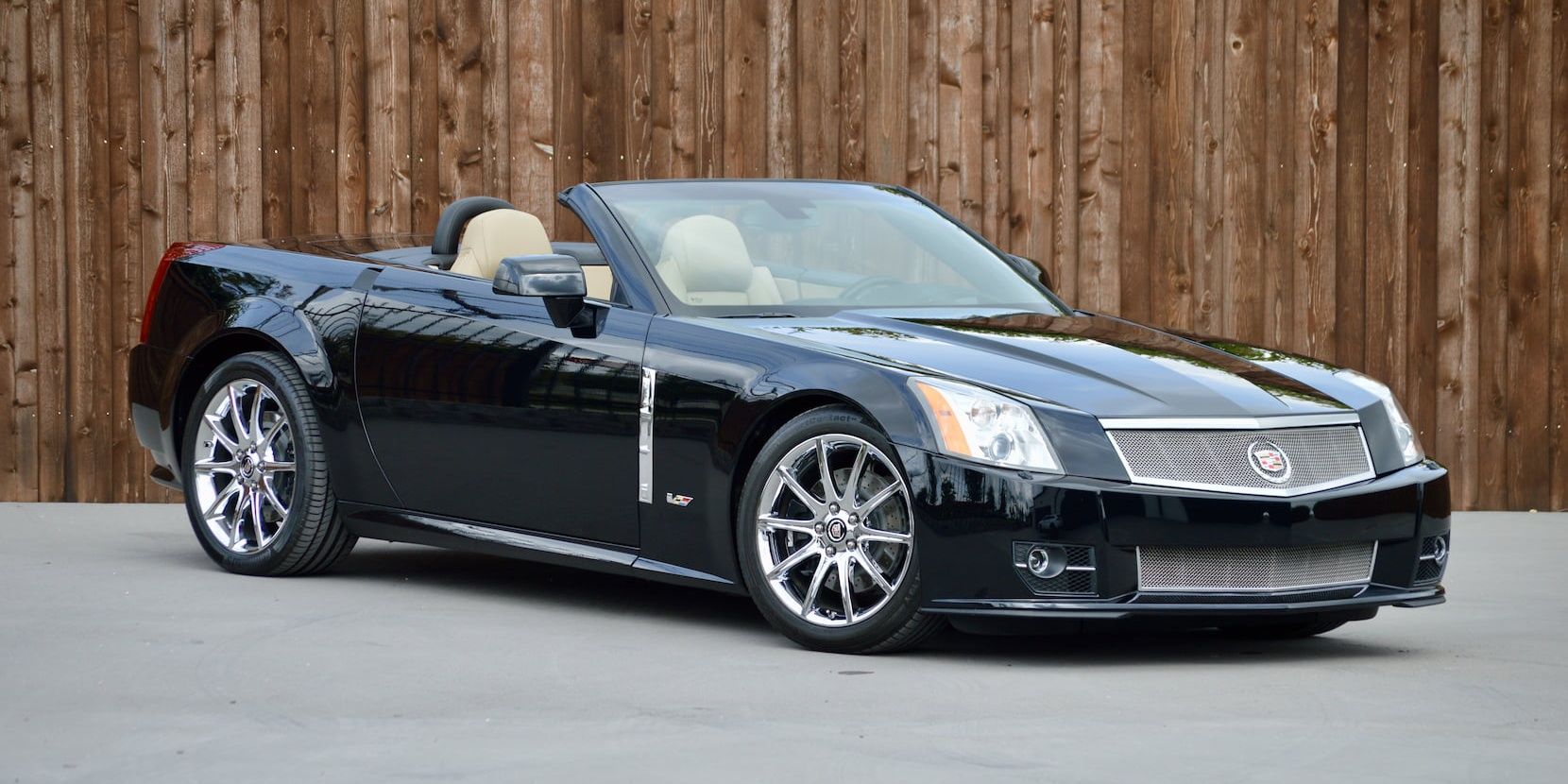
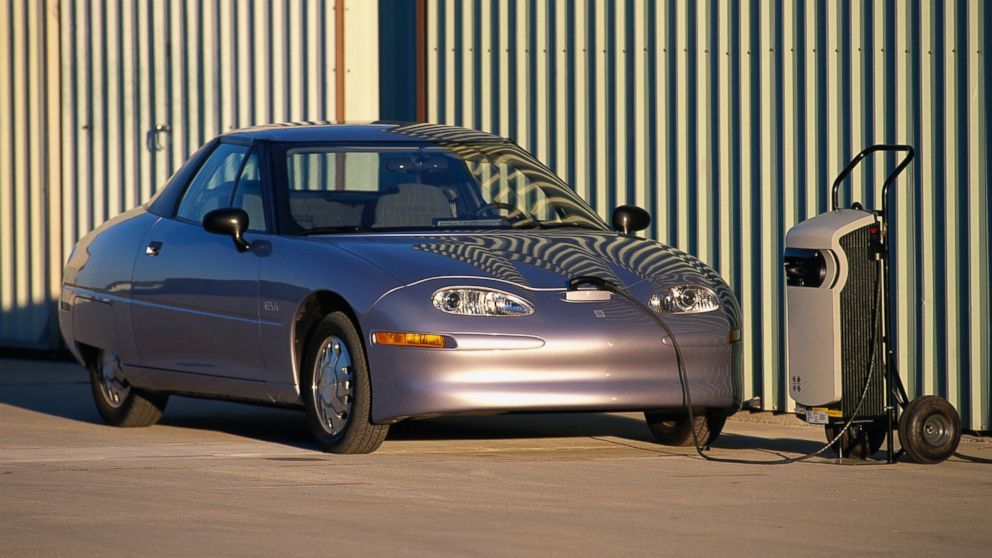
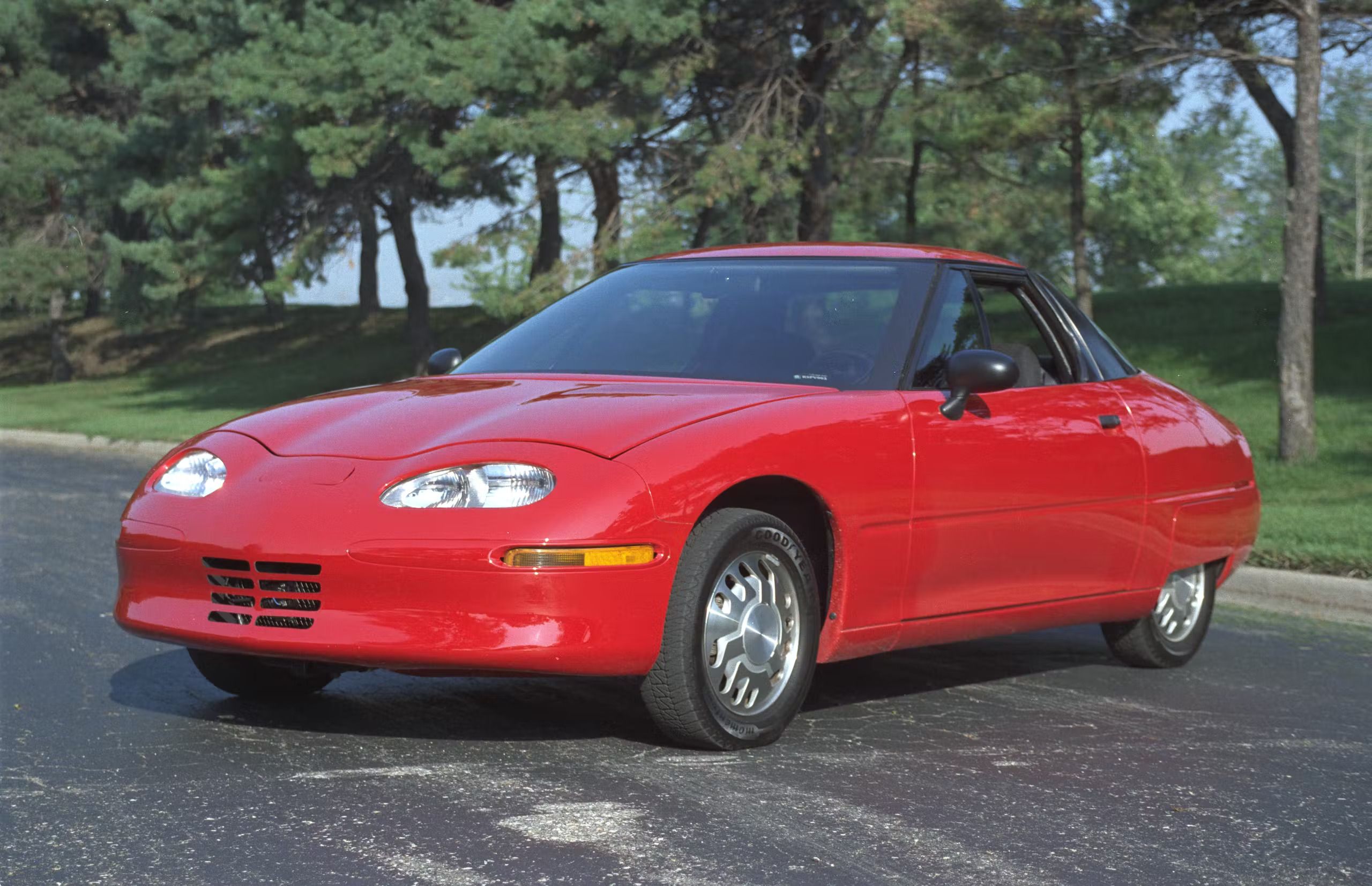
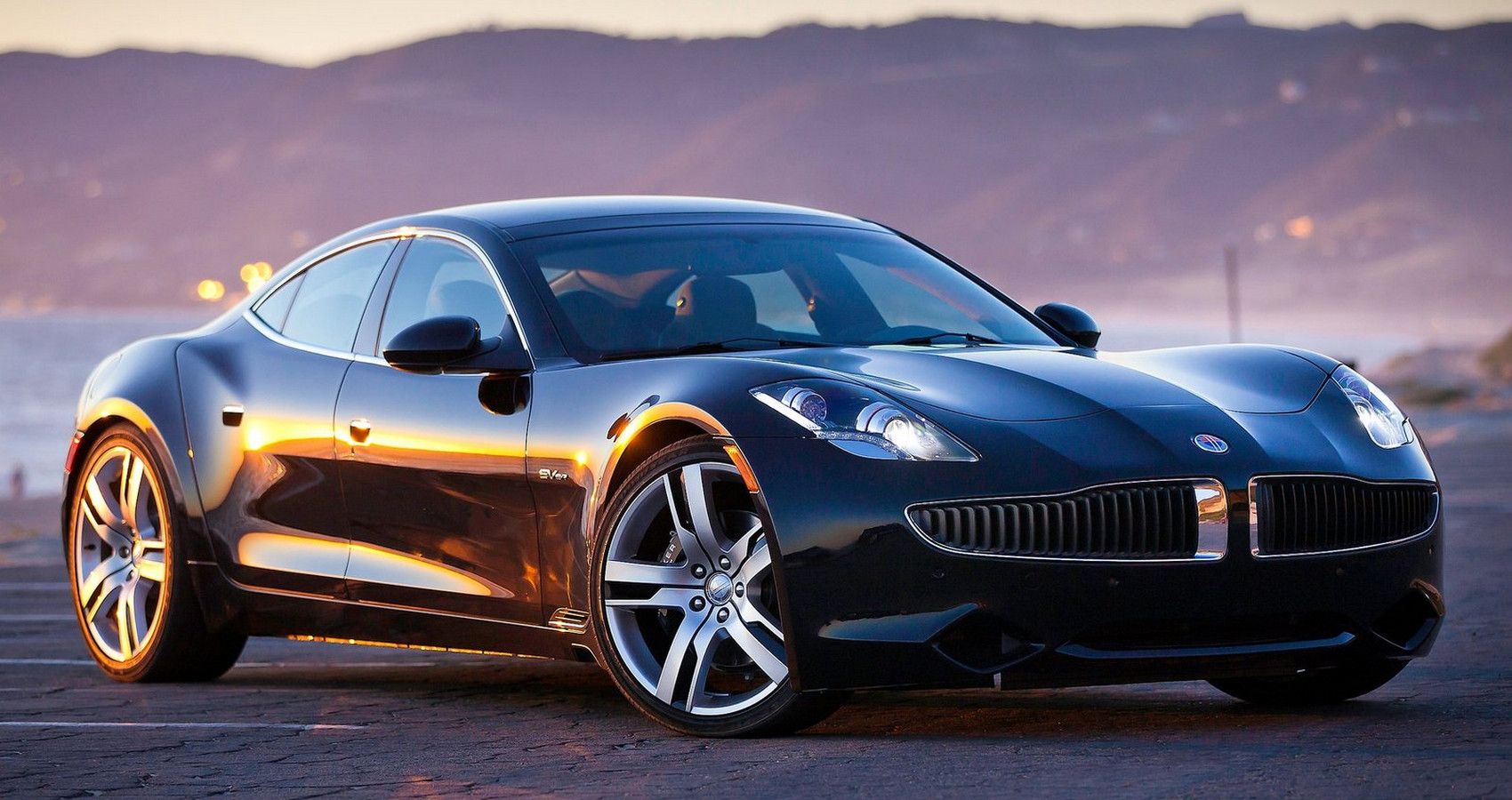
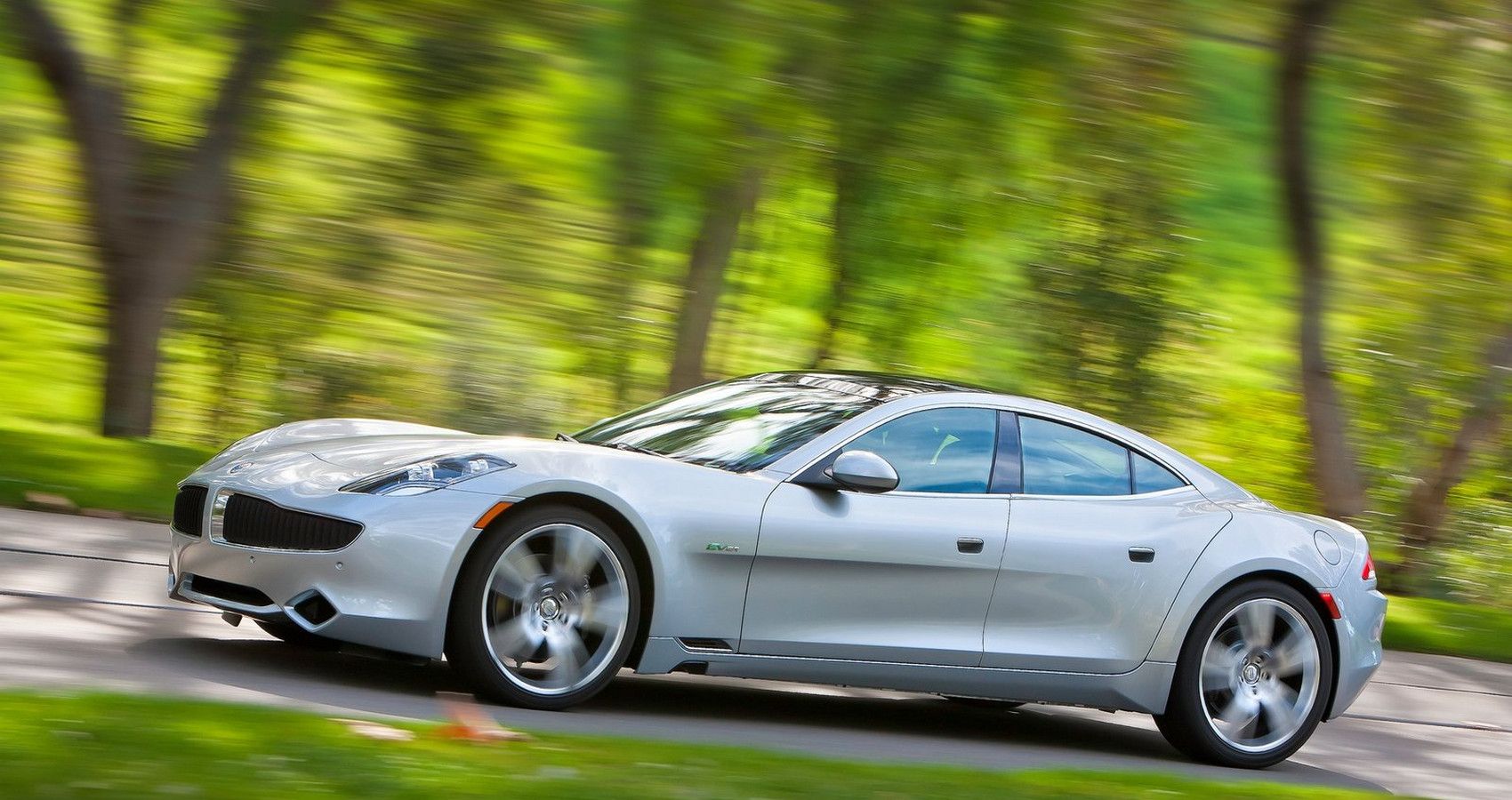
.jpg)
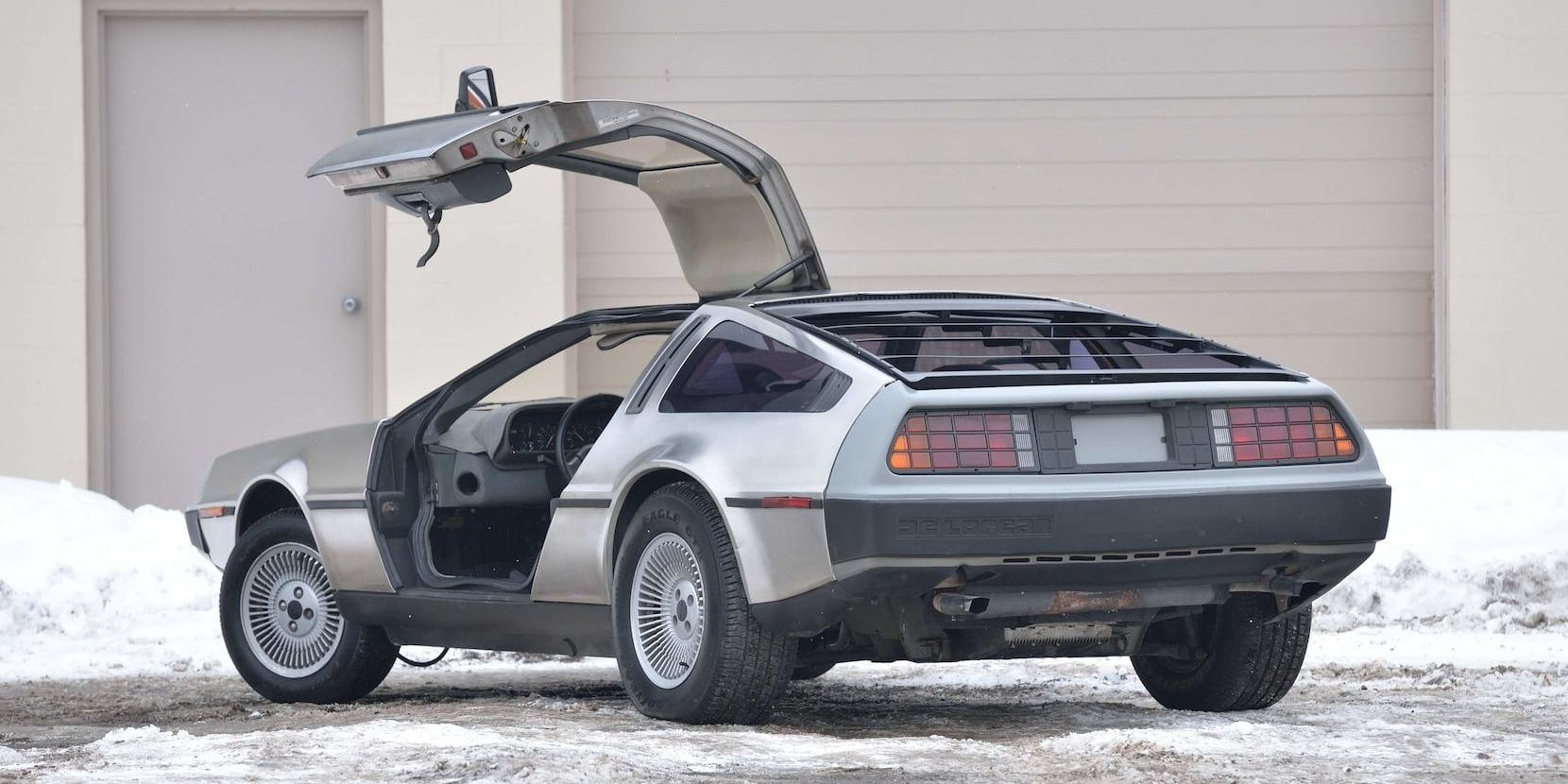
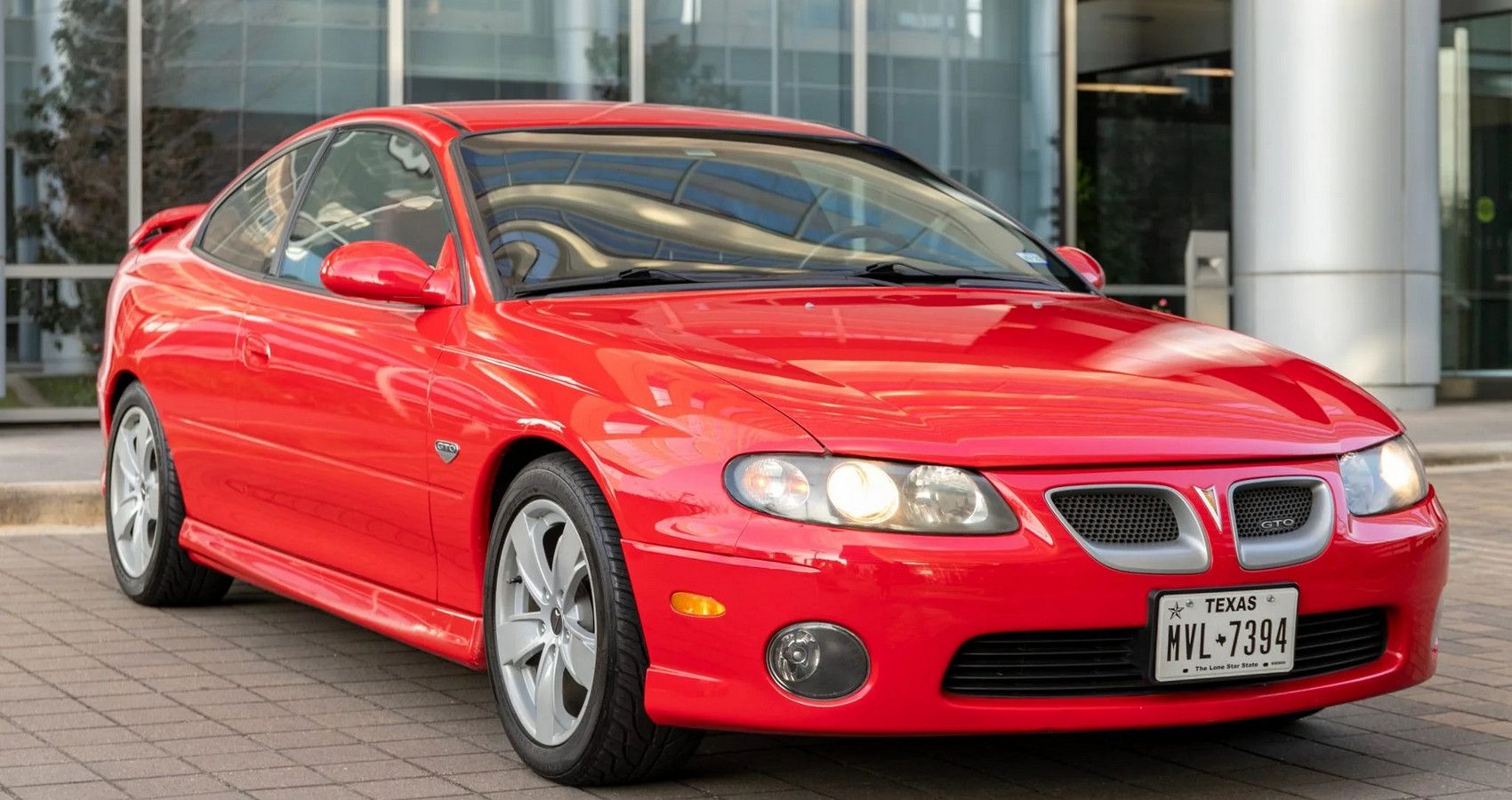
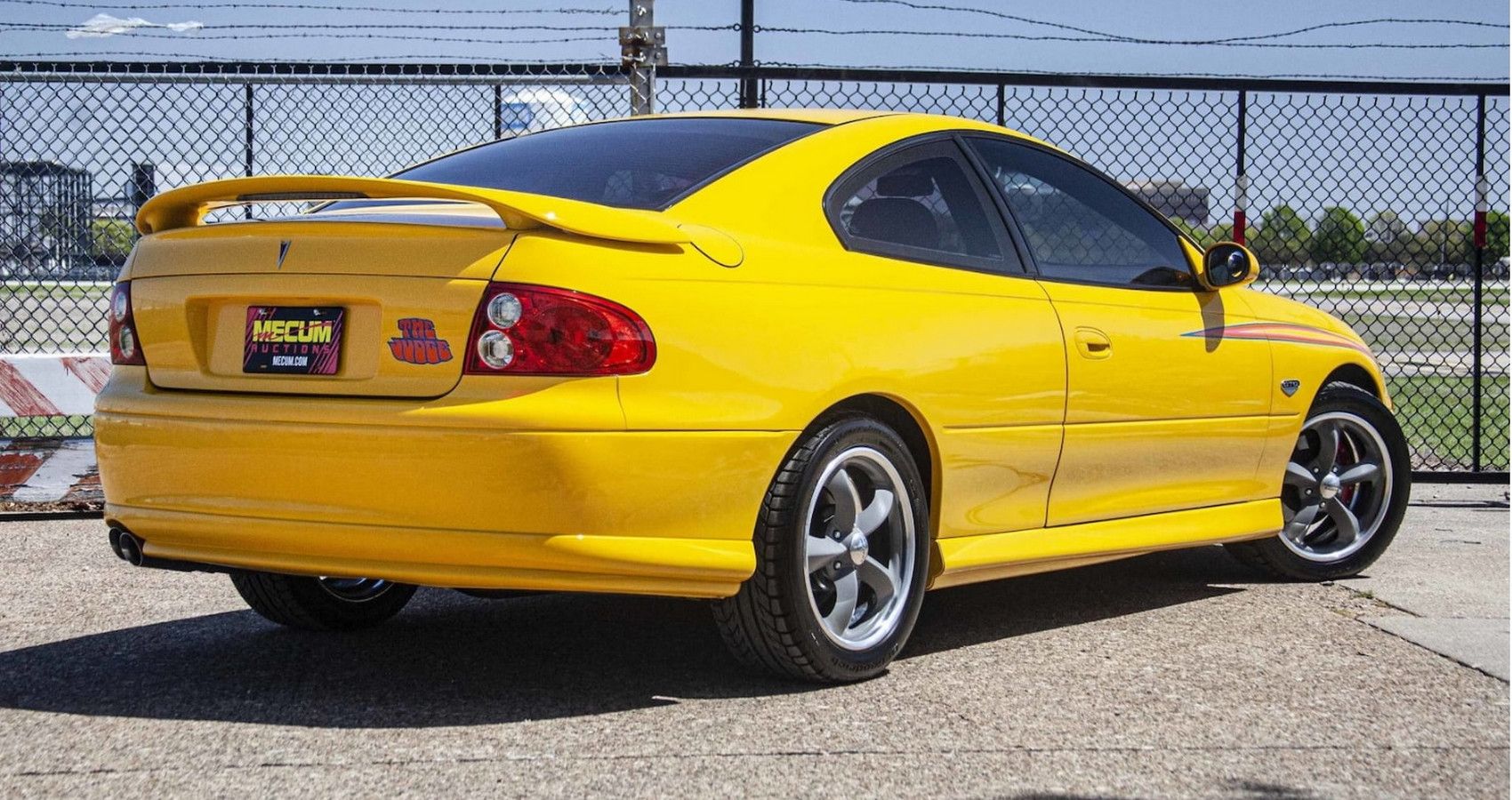
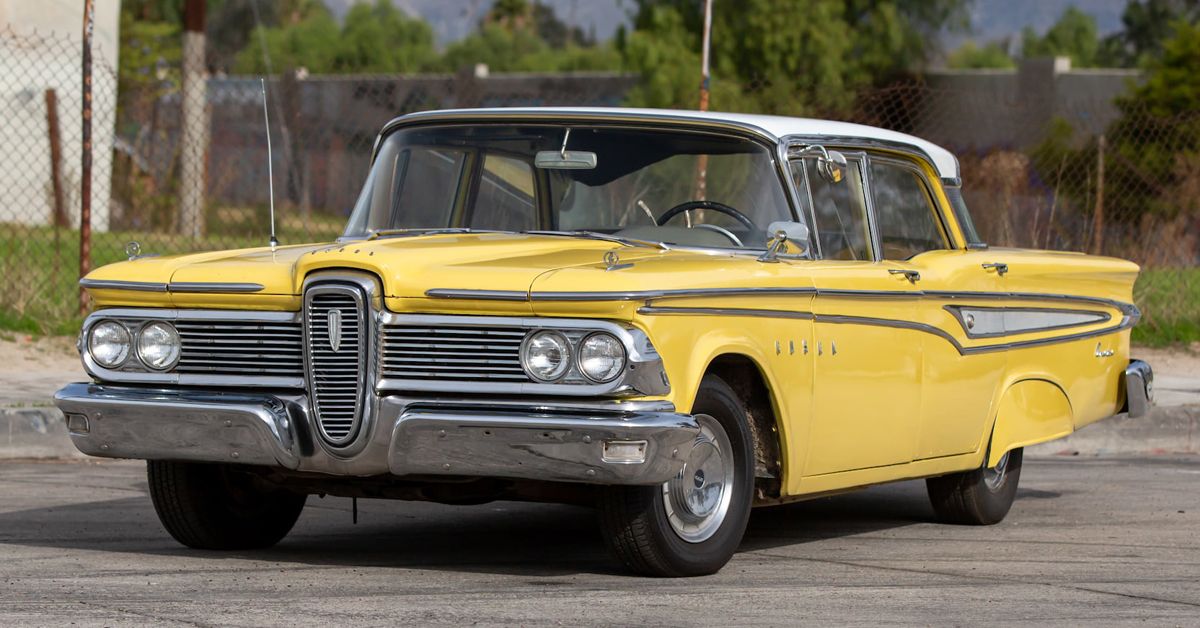
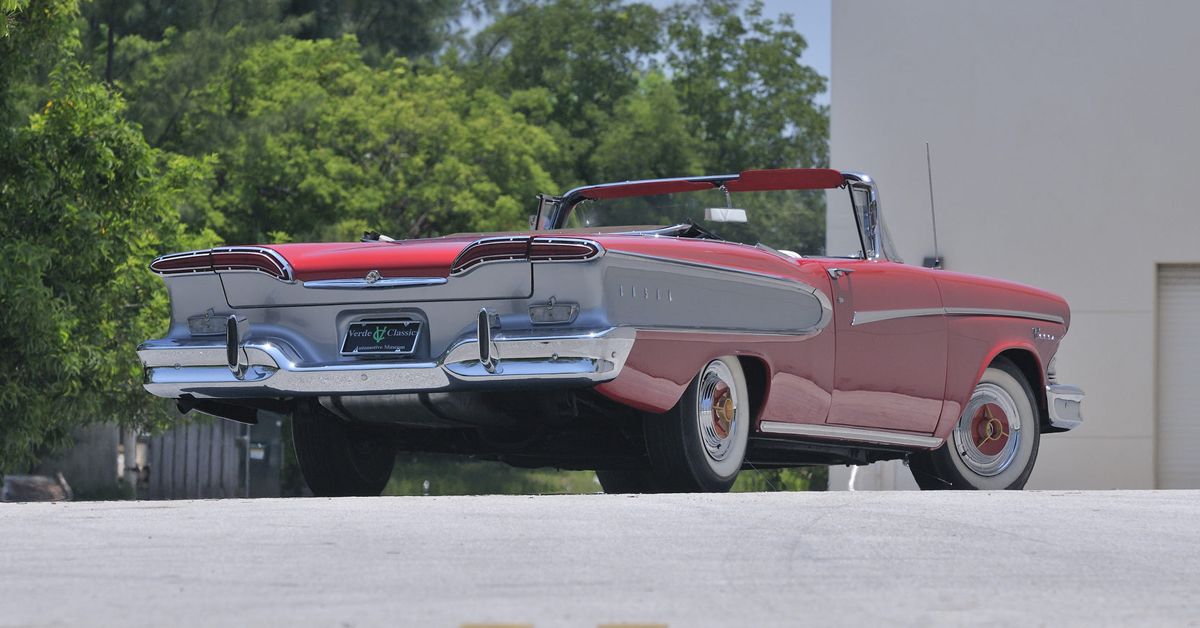
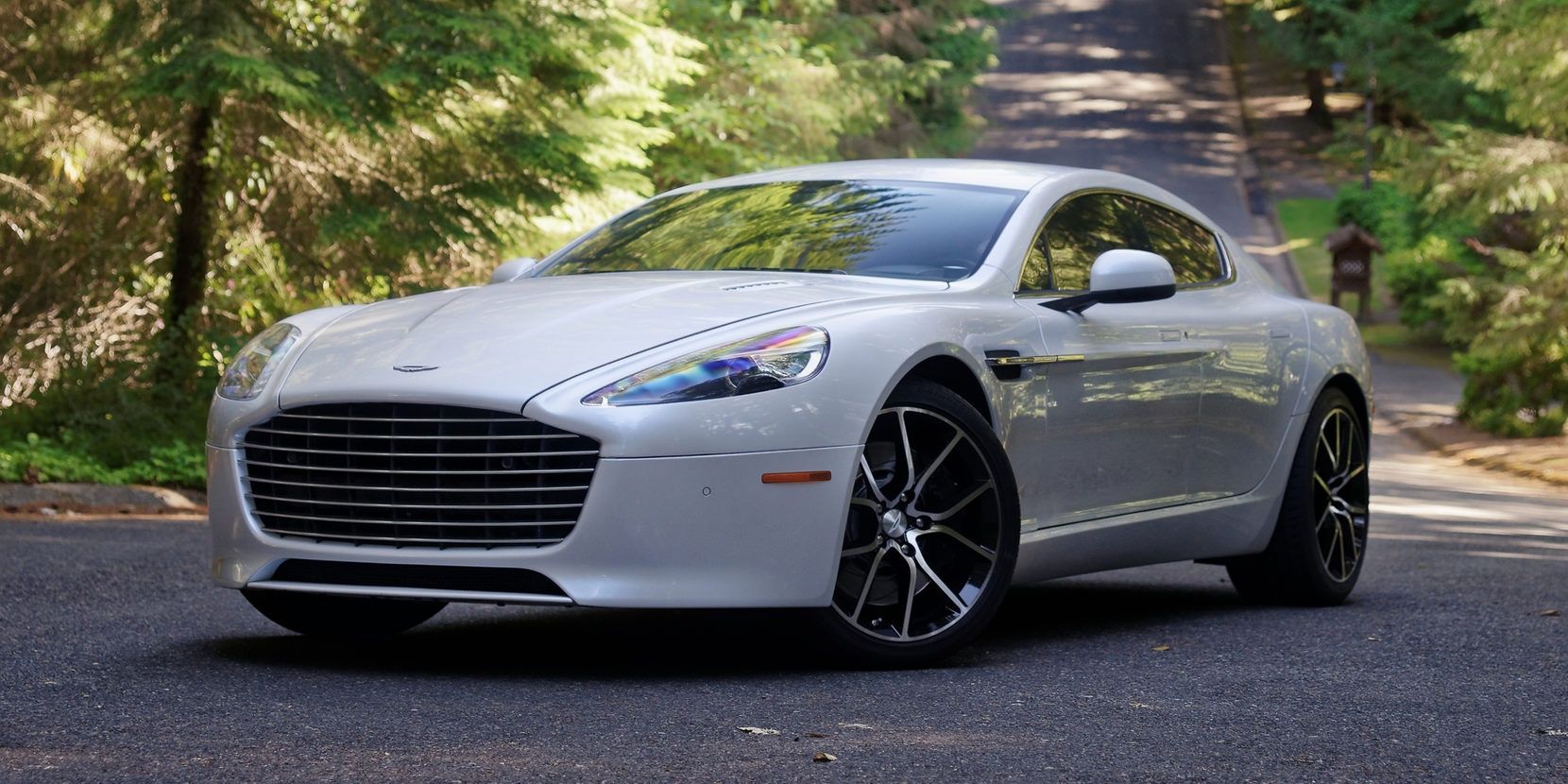
.jpg)
